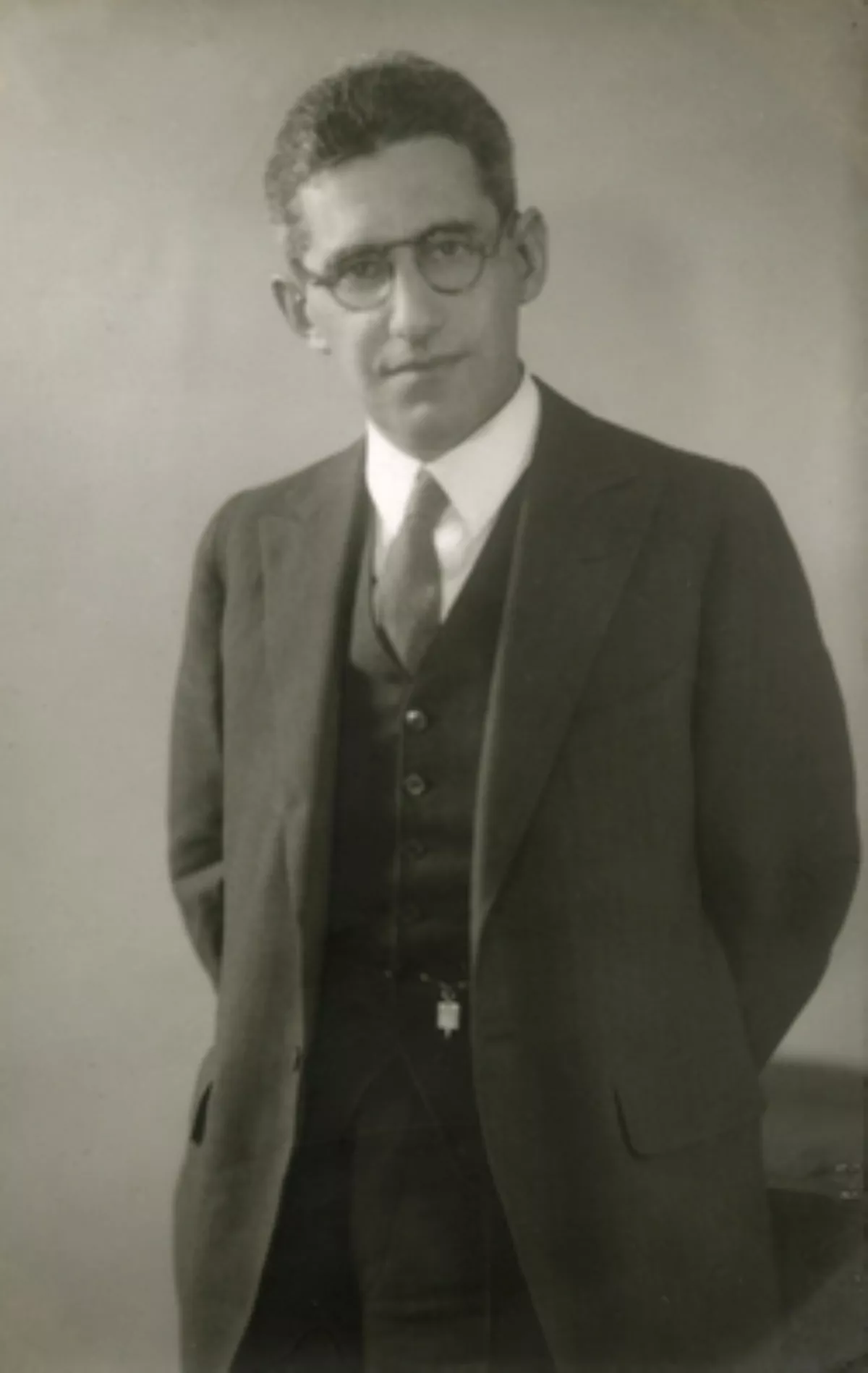 1.
1. Leonard Bloomfield was an American linguist who led the development of structural linguistics in the United States during the 1930s and the 1940s.

 1.
1. Leonard Bloomfield was an American linguist who led the development of structural linguistics in the United States during the 1930s and the 1940s.
Leonard Bloomfield is considered to be the father of American distributionalism.
Leonard Bloomfield made significant contributions to Indo-European historical linguistics, the description of Austronesian languages, and description of languages of the Algonquian family.
Leonard Bloomfield was born in Chicago, Illinois, on April 1,1887, to Jewish parents.
Leonard Bloomfield's father immigrated to the United States as a child in 1868; the original family name Blumenfeld was changed to Bloomfield after their arrival.
Leonard Bloomfield's uncle Maurice Bloomfield was a prominent linguist at Johns Hopkins University, and his aunt Fannie Bloomfield Zeisler was a well-known concert pianist.
Leonard Bloomfield subsequently began graduate work at the University of Wisconsin, taking courses in German and Germanic philology, in addition to courses in other Indo-European languages.
In 1908 Bloomfield moved to the University of Chicago, where he took courses in German and Indo-European philology with Frances A Wood and Carl Darling Buck.
Leonard Bloomfield undertook further studies at the University of Leipzig and the University of Gottingen in 1913 and 1914 with leading Indo-Europeanists August Leskien, Karl Brugmann, as well as Hermann Oldenberg, a specialist in Vedic Sanskrit.
Leonard Bloomfield studied at Gottingen with Sanskrit specialist Jacob Wackernagel, and considered both Wackernagel and the Sanskrit grammatical tradition of rigorous grammatical analysis associated with Panini as important influences on both his historical and descriptive work.
Leonard Bloomfield was one of the founding members of the Linguistic Society of America.
Leonard Bloomfield contributed the lead article to the inaugural issue of the Society's journal Language, and was President of the Society in 1935.
Leonard Bloomfield made extensive use of Indo-European materials to explain historical and comparative principles in both of his textbooks, An introduction to language, and his seminal Language.
Leonard Bloomfield further emphasized the importance of dialect studies where appropriate, and noted the significance of sociological factors such as prestige, and the impact of meaning.
Leonard Bloomfield noted that "Panini gives the formation of every inflected, compounded, or derived word, with an exact statement of the sound-variations and of the meaning".
Leonard Bloomfield carried out linguistic field work with Alfredo Viola Santiago, who was an engineering student at the university from 1914 to 1917.
Leonard Bloomfield's only other publication on an Austronesian language was an article on the syntax of Ilocano, based upon research undertaken with a native speaker of Ilocano who was a student at Yale University.
Leonard Bloomfield published extensively on four Algonquian languages: Fox, Cree, Menominee, and Ojibwe, publishing grammars, lexicons, and text collections.
Leonard Bloomfield used the materials collected in his descriptive work to undertake comparative studies leading to the reconstruction of Proto-Algonquian, with an early study reconstructing the sound system of Proto-Algonquian, and a subsequent more extensive paper refining his phonological analysis and adding extensive historical information on general features of Algonquian grammar.
Leonard Bloomfield undertook field research on Cree, Menominee, and Ojibwe, and analysed the material in previously published Fox text collections.
Leonard Bloomfield undertook field research on Menominee in the summers of 1920 and 1921, with further brief field research in September 1939 and intermittent visits from Menominee speakers in Chicago in the late 1930s, in addition to correspondence with speakers during the same period.
Material collected by Morris Swadesh in 1937 and 1938, often in response to specific queries from Leonard Bloomfield, supplemented his information.
Leonard Bloomfield undertook field research in 1925 among Plains Cree speakers in Saskatchewan at the Sweet Grass reserve, and at the Star Blanket reserve, resulting in two volumes of texts and a posthumous lexicon.
Leonard Bloomfield undertook brief field work on Swampy Cree at The Pas, Manitoba.
In 1941 Leonard Bloomfield worked with Ottawa dialect speaker Angeline Williams at the 1941 Linguistic Institute held at the University of North Carolina in Chapel Hill, North Carolina, resulting in a posthumously published volume of texts.